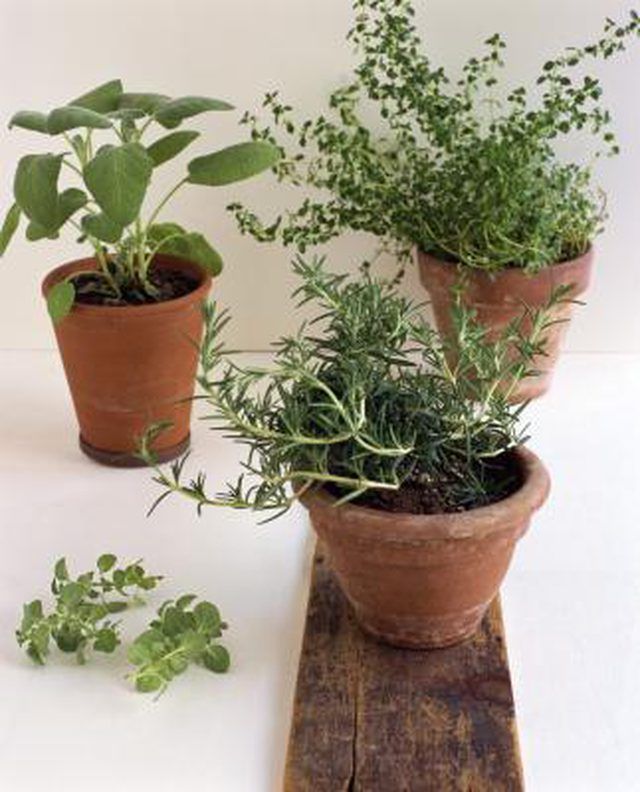Bulbs
Flower Basics
Flower Beds & Specialty Gardens
Flower Garden
Garden Furniture
Garden Gnomes
Garden Seeds
Garden Sheds
Garden Statues
Garden Tools & Supplies
Gardening Basics
Green & Organic
Groundcovers & Vines
Growing Annuals
Growing Basil
Growing Beans
Growing Berries
Growing Blueberries
Growing Cactus
Growing Corn
Growing Cotton
Growing Edibles
Growing Flowers
Growing Garlic
Growing Grapes
Growing Grass
Growing Herbs
Growing Jasmine
Growing Mint
Growing Mushrooms
Orchids
Growing Peanuts
Growing Perennials
Growing Plants
Growing Rosemary
Growing Roses
Growing Strawberries
Growing Sunflowers
Growing Thyme
Growing Tomatoes
Growing Tulips
Growing Vegetables
Herb Basics
Herb Garden
Indoor Growing
Landscaping Basics
Landscaping Patios
Landscaping Plants
Landscaping Shrubs
Landscaping Trees
Landscaping Walks & Pathways
Lawn Basics
Lawn Maintenance
Lawn Mowers
Lawn Ornaments
Lawn Planting
Lawn Tools
Outdoor Growing
Overall Landscape Planning
Pests, Weeds & Problems
Plant Basics
Rock Garden
Rose Garden
Shrubs
Soil
Specialty Gardens
Trees
Vegetable Garden
Yard Maintenance
How to Bury Plants in Pots in the Ground
How to Bury Plants in Pots in the Ground. Even novice gardeners know that plants in nursery containers should be transplanted immediately to prevent crowded containers, but there are exceptions to every rule. Many plants are considered invasive, but if you still want to add them to your garden, you can bury the pots in the ground to prevent the...

Even novice gardeners know that plants in nursery containers should be transplanted immediately to prevent crowded containers, but there are exceptions to every rule. Many plants are considered invasive, but if you still want to add them to your garden, you can bury the pots in the ground to prevent the plant from spreading to unwanted areas of the garden. This method also works well for growing perennials that can be propagated by division. If you want to confine a plant to a 24-inch diameter space, plant in a 24-inch diameter container and dig and divide when the plants outgrow the container.
Things You'll Need
Larger container (optional)
Potting mix
Razor knife
Power drill
Diamond-tipped drill bit, 1/2-inch diameter
Shovel
Post-hole diggers
Bark chip mulch
Shredded bark mulch
Repot the plant in a container one size larger if the plant seems overcrowded or is rootbound in the nursery container. Use a plastic nursery container or a ceramic container filled with a well-draining potting mix.
Water the plant thoroughly before burying in the ground. Pour water into the planter until water drains out the bottom drainage holes. This ensures the plant is well-watered before planting.
Cut off the bottom of the plastic planting container about 1/2-inch up from the bottom, using a razor knife. This ensures adequate drainage. This works best with containers that are a minimum of 10 inches tall; many plant roots don't extend beyond 8 inches deep, so you don't need to worry about roots growing out from the container bottom. You can also bury ceramic containers, if desired, but you should drill several 1/2-inch diameter drainage holes in the bottom, using a power drill with a diamond-tipped drill bit for cutting through ceramic and glass.
Dig a hole for the pot that is 2 inches shallower than the container height and 2 inches wider than the container width. You can use a shovel, if desired, but post-hole diggers work well for achieving straight sides. The extra width makes it easy to fit the container in the hole, while setting the top rim of the pot above soil grade prevents invasive plants from spreading over the rim.
Insert the container into the hole; level the container so that the plant is upright.
Fill the empty space around the outside of the pot with bark chip mulch or shredded bark mulch. Pack the mulch tight enough to hold the pot upright in the hole. Mulch does not pack as tightly as soil, making it easier to dig up the container as needed. Increased drainage around the large bark chips also prevents cracking or breaking of the container, which could happen if packed soil applies too much pressure to the outside of the container.
Spread a 2-inch layer of bark chips or shredded bark mulch over the ground around the pot, adding enough mulch to completely conceal the above-ground planter rim. Add mulch to the soil in the container to blend the plant with the rest of your garden.
Tips & Warnings
Peonies (Paeonia spp.), grown in U.S. Department of Agriculture plant hardiness zones 3 through 9, can be grown in containers, but they require a few months of cold weather. You can place the containers in an unheated garage or set the container in the ground for the winter.